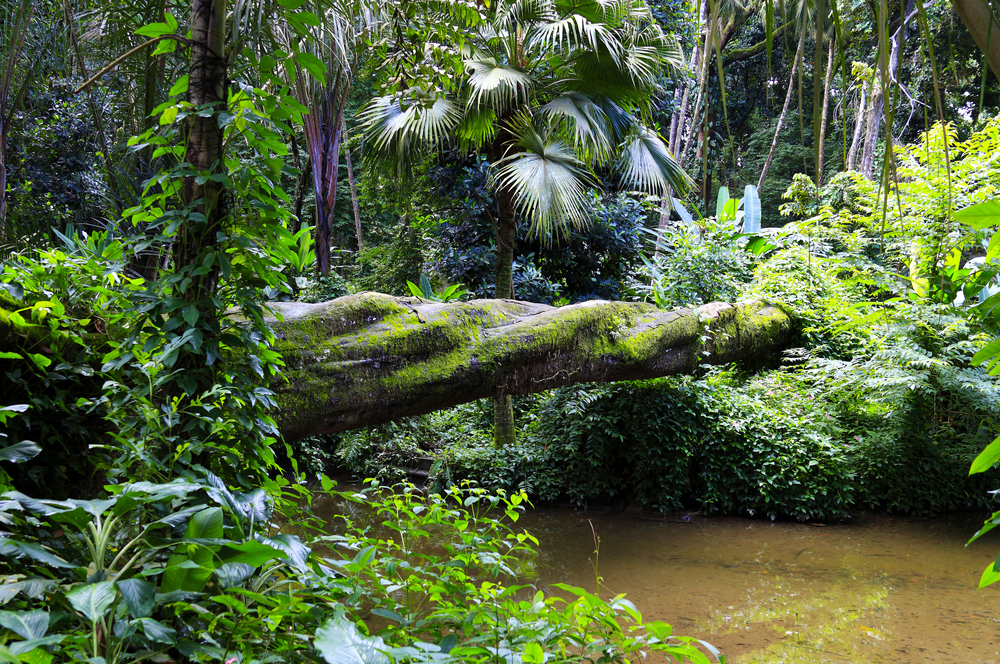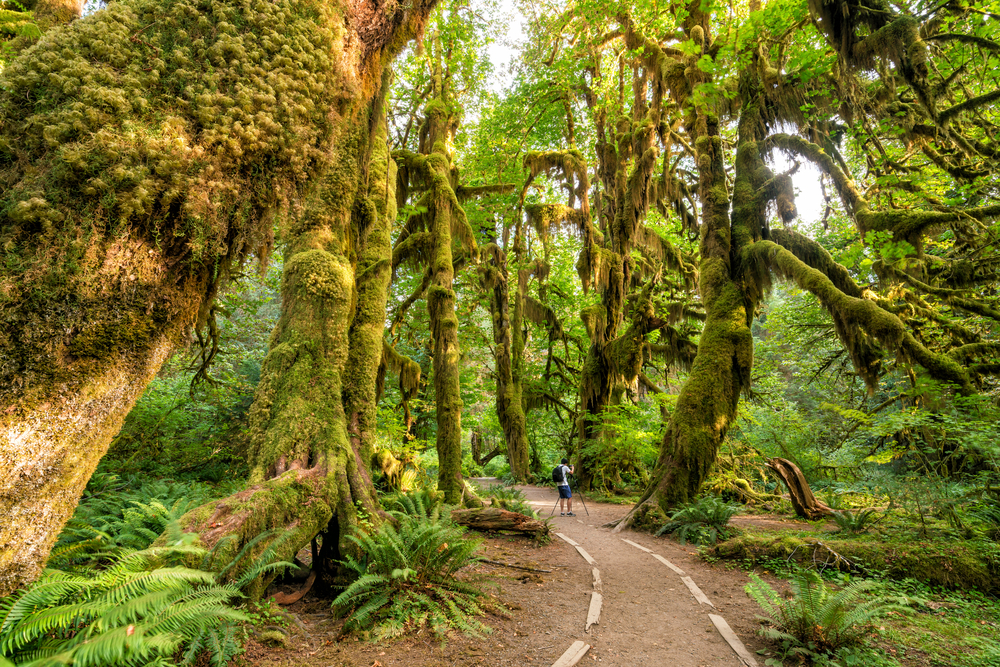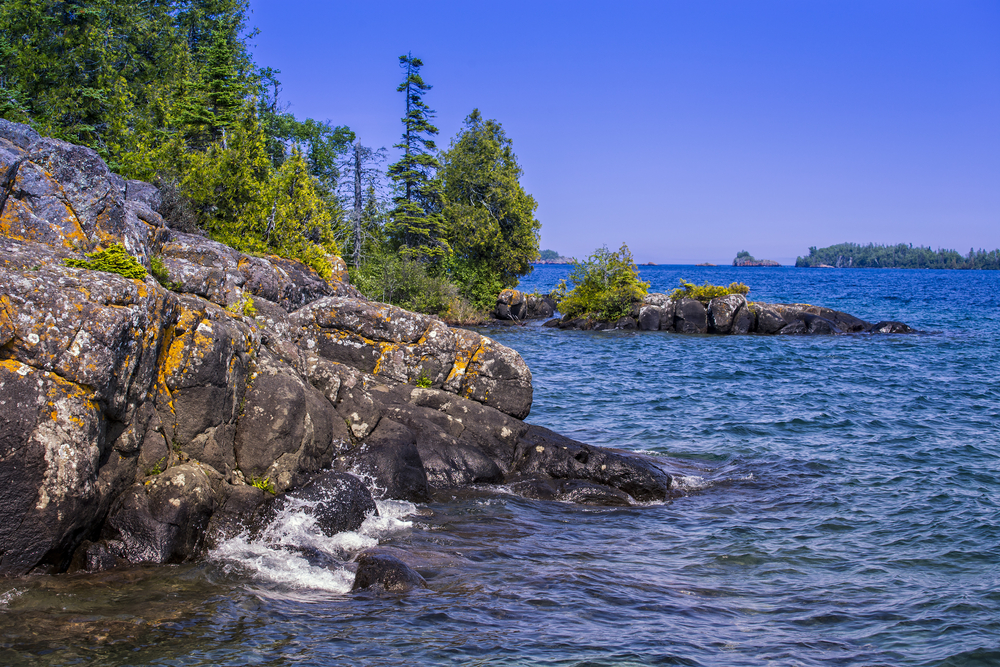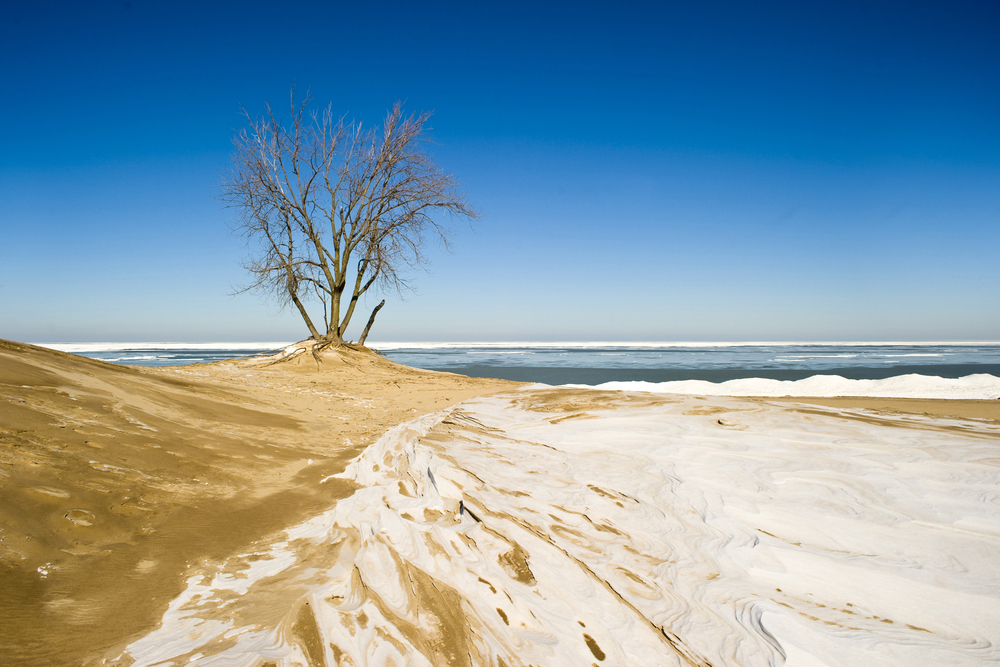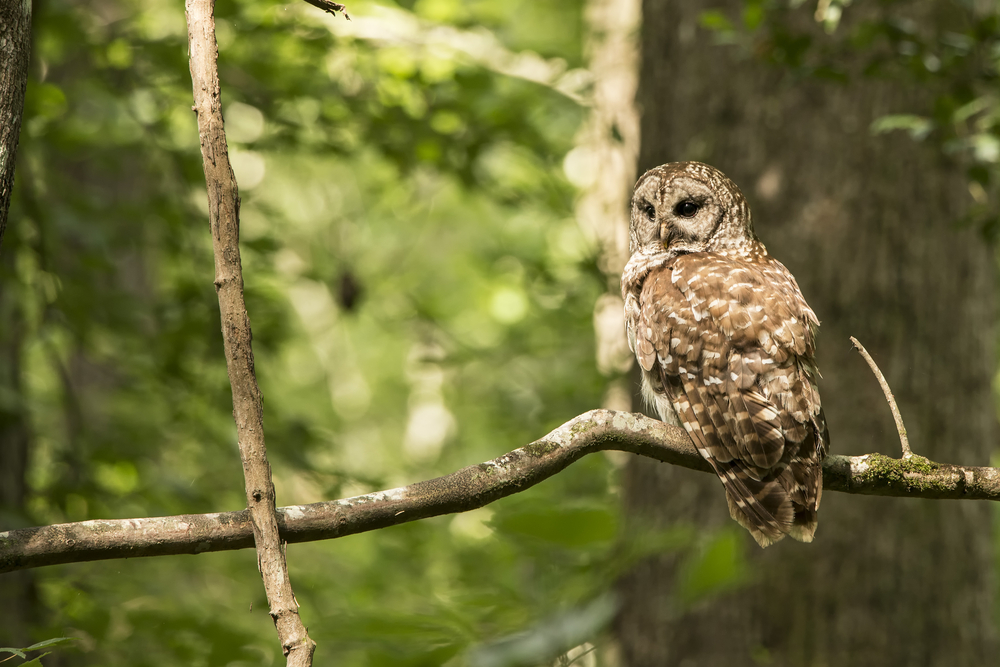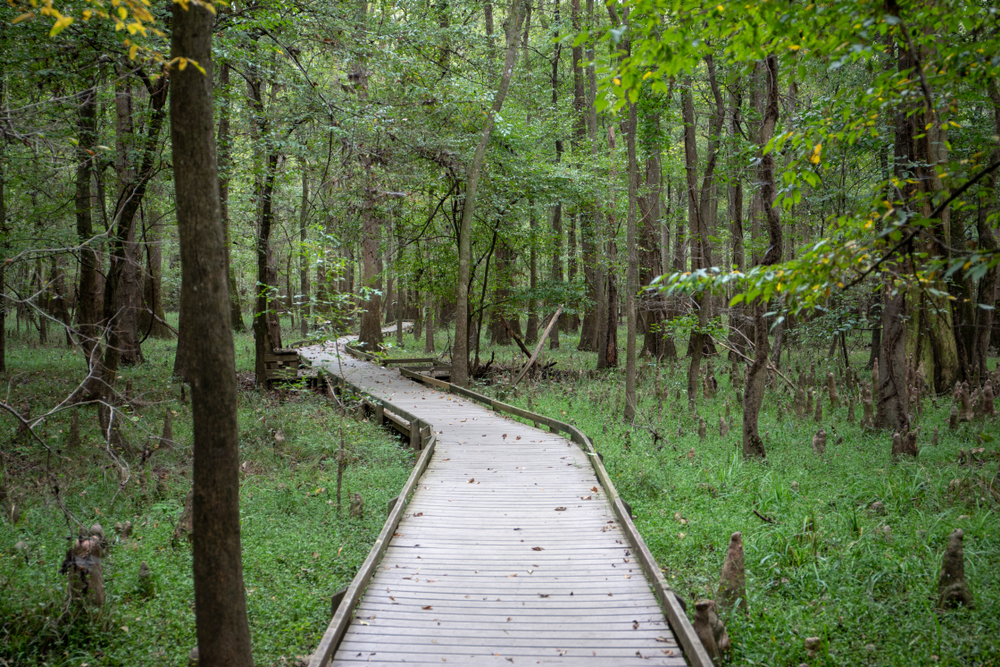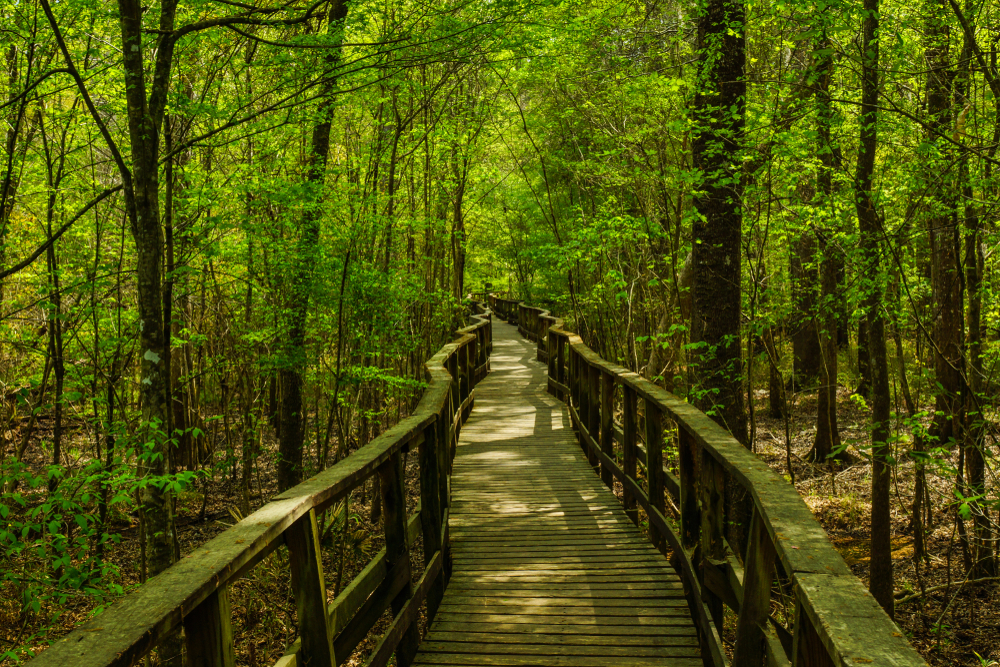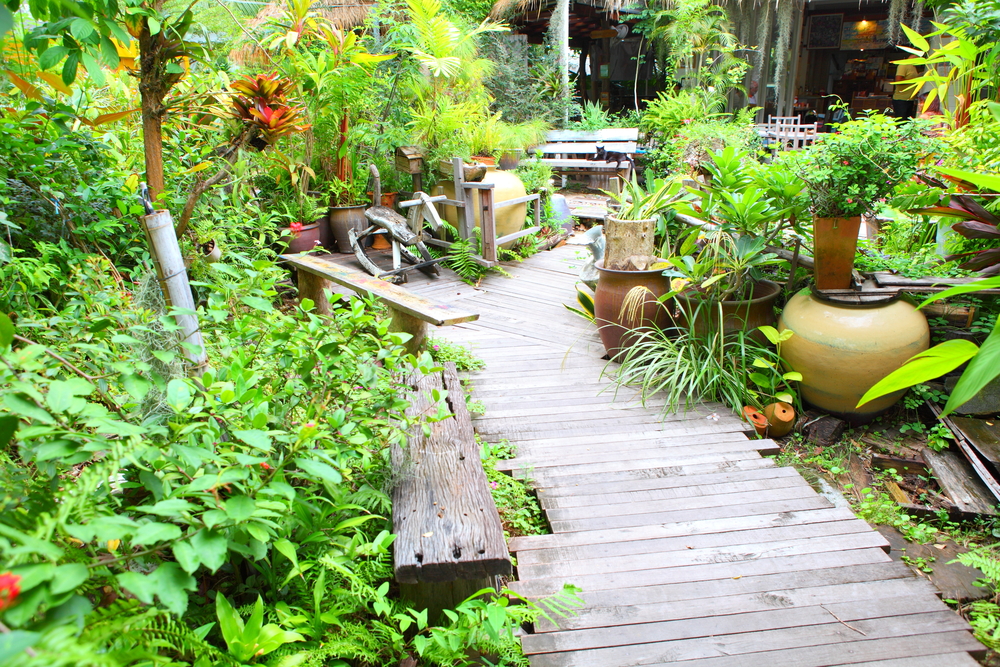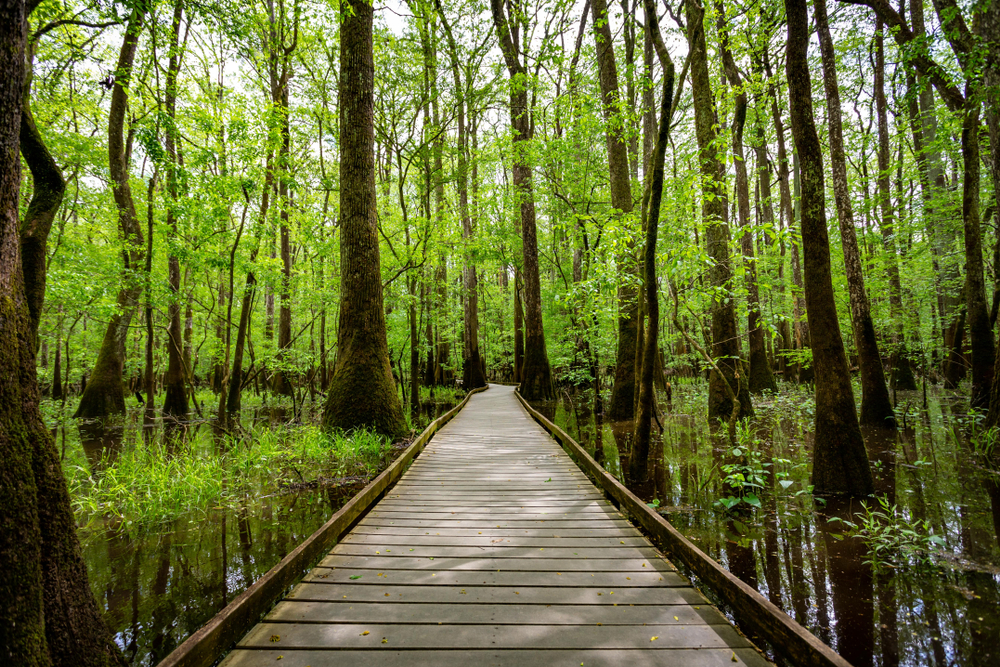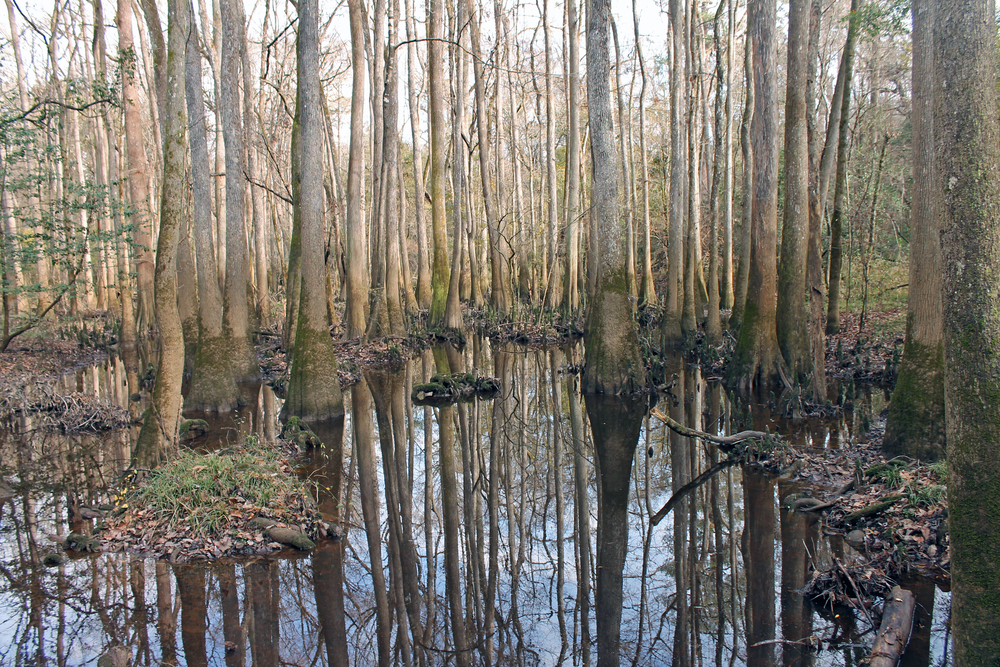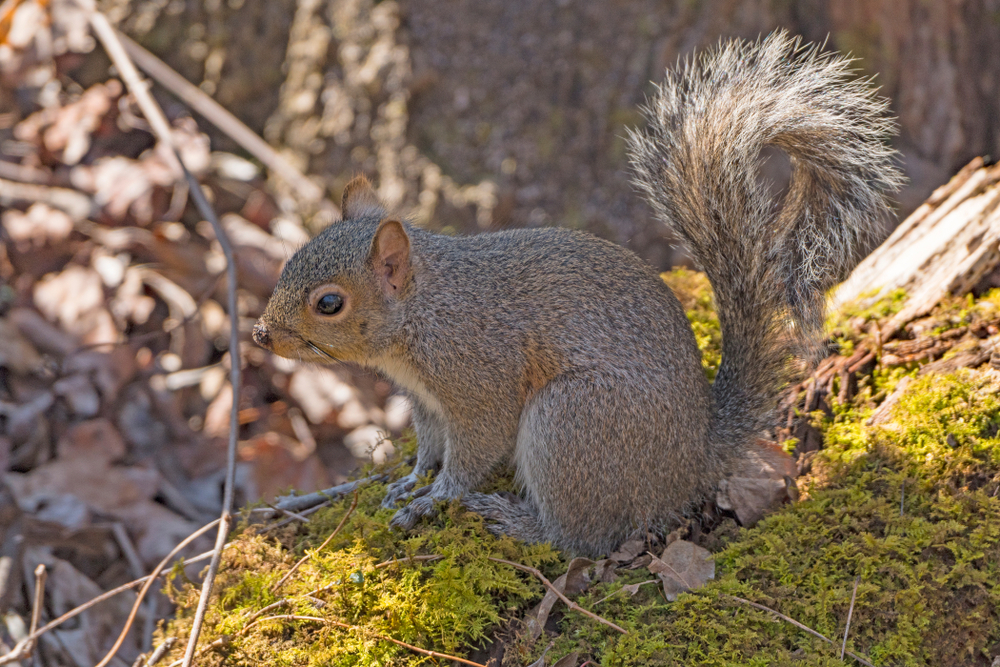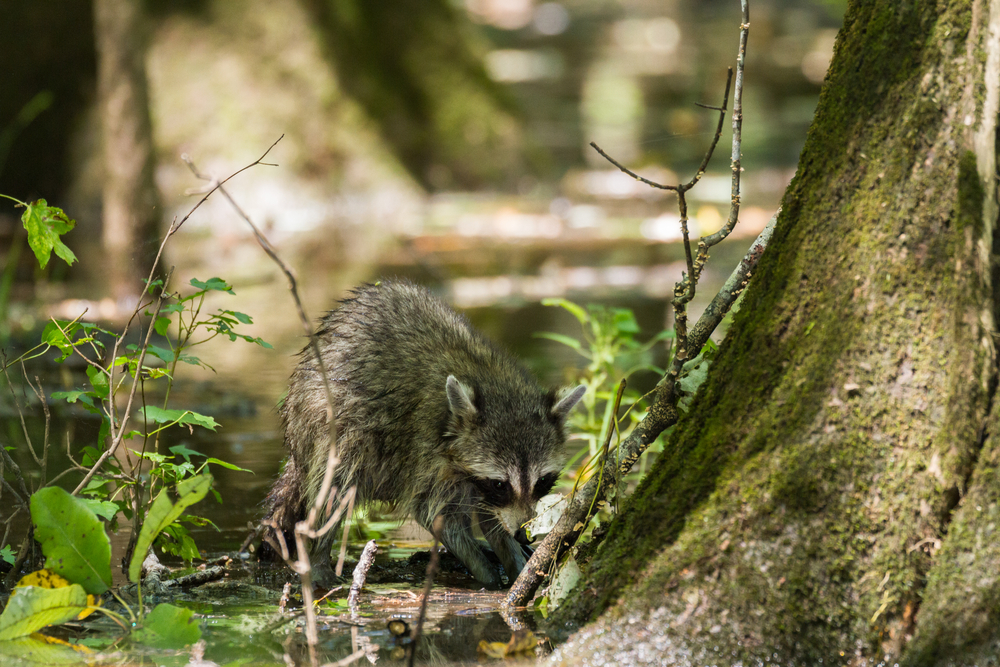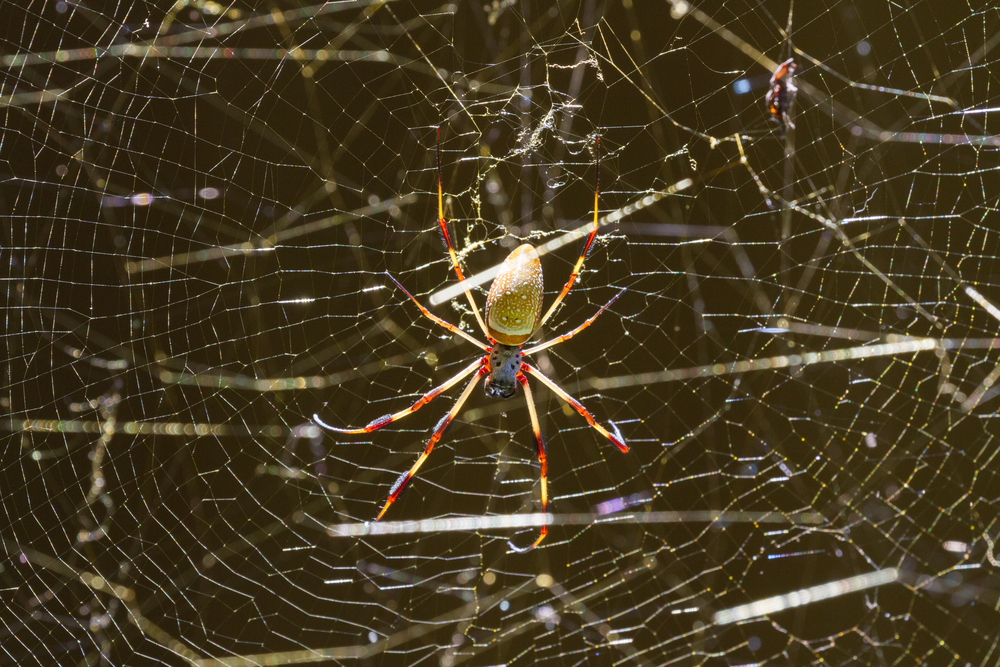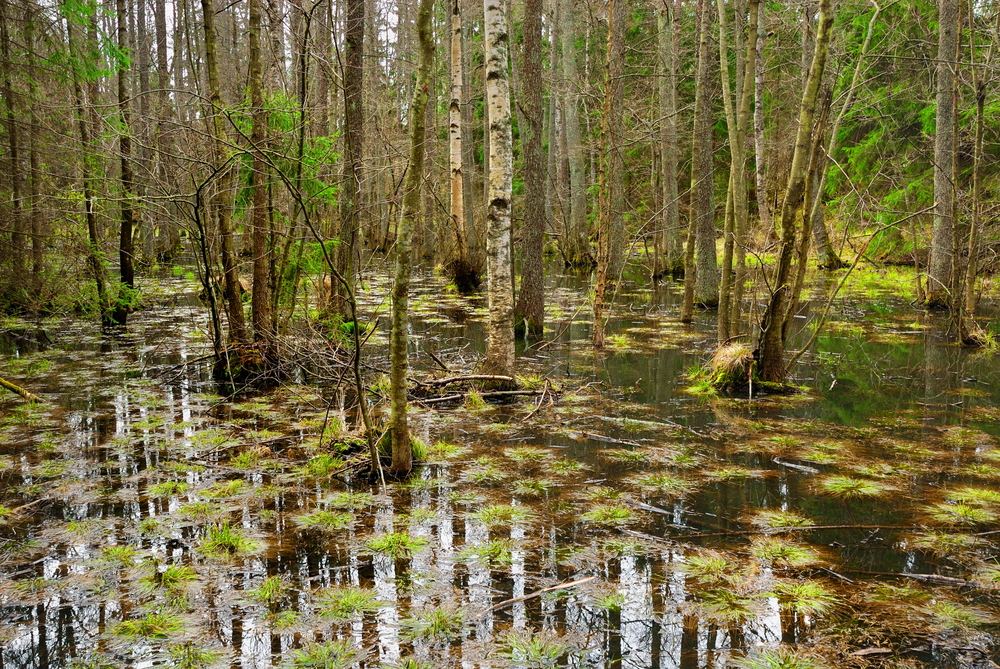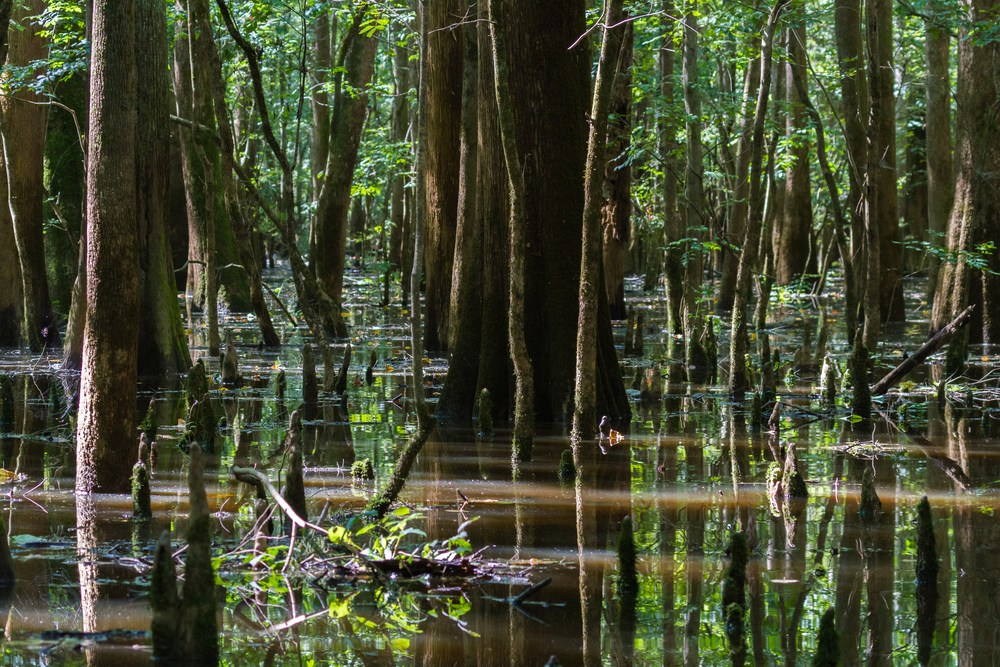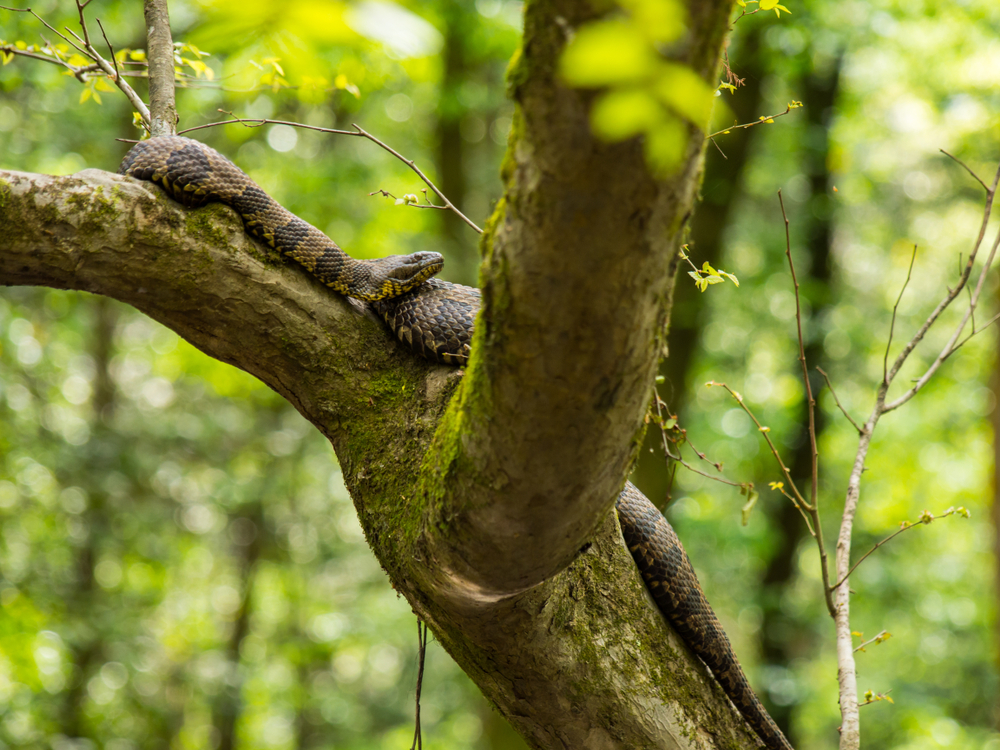Popular
Congaree National Park, nestled in the heart of South Carolina, is a biodiverse sanctuary renowned for its towering hardwoods, expansive floodplains, and the majestic Congaree River. Each species found here plays a vital role in the ecological web of this unique habitat.
Barred Owl – Dominating the nighttime soundscape, the Barred Owl is known for its distinctive “who cooks for you” call, echoing through the forest.
Pileated Woodpecker – The forest’s drummer, this large woodpecker is easily recognized by its striking red crest and powerful bill, crucial for feeding and nesting.
Prothonotary Warbler – A brilliant flash of yellow in the swamp, the Prothonotary Warbler breeds in the park’s cavities, its song a staple of the southern swamps.
American Alligator – A prehistoric presence, American Alligators are often seen basking on the riverbanks or lurking in the waters of Congaree’s swamps and lakes.
White-tailed Deer – A common sight at dawn or dusk, White-tailed Deer roam the park’s upland areas, grazing on the diverse plant life.
Wild Turkey – Large and surprisingly agile, Wild Turkeys are often observed in the park’s open areas, foraging in groups for nuts, seeds, and insects.
Raccoon – Nocturnal and omnivorous, Raccoons are versatile feeders, their masked faces and ringed tails a familiar sight along the waterways.
Bobcat – Elusive and solitary, Bobcats prowl the park’s forests and swamps, apex predators adapted to a variety of prey.
River Otter – Playful and aquatic, River Otters glide through Congaree’s waterways, social animals that are a joy to watch during quiet moments near the river.
Southern Leopard Frog – Often heard rather than seen, the call of the Southern Leopard Frog is a common sound in wet areas throughout the park.
Congaree National Park’s diverse wildlife, from the stealthy bobcat to the serene barred owl, offers visitors a profound connection to the natural world, showcasing the beauty and complexity of South Carolina’s floodplain ecosystem.








































































